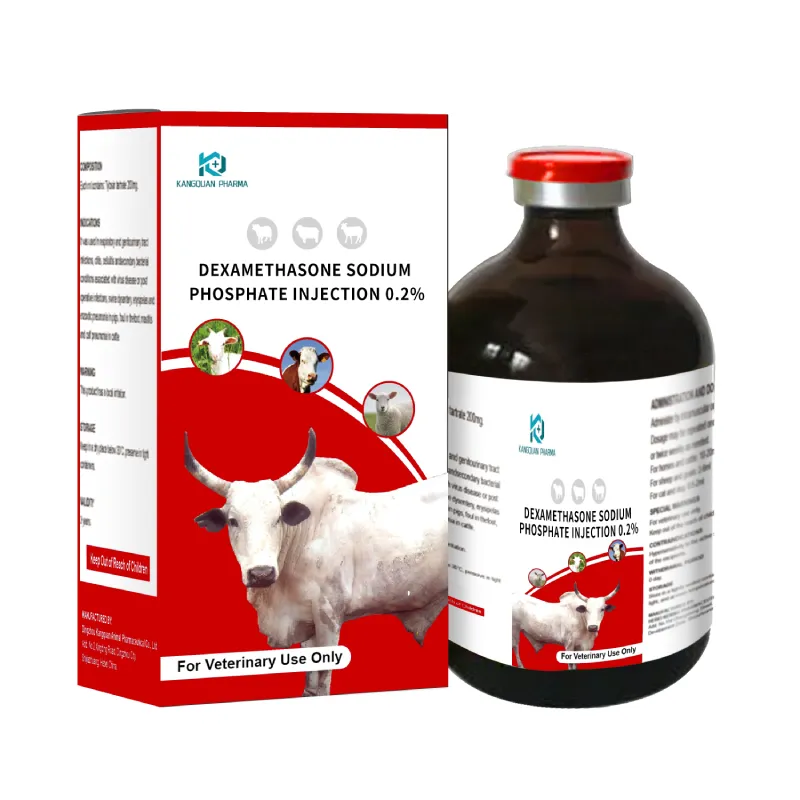- Afrikaans
- Albanian
- Amharic
- Arabic
- Armenian
- Azerbaijani
- Basque
- Belarusian
- Bengali
- Bosnian
- Bulgarian
- Catalan
- Cebuano
- Corsican
- Croatian
- Czech
- Danish
- Dutch
- English
- Esperanto
- Estonian
- Finnish
- French
- Frisian
- Galician
- Georgian
- German
- Greek
- Gujarati
- Haitian Creole
- hausa
- hawaiian
- Hebrew
- Hindi
- Miao
- Hungarian
- Icelandic
- igbo
- Indonesian
- irish
- Italian
- Japanese
- Javanese
- Kannada
- kazakh
- Khmer
- Rwandese
- Korean
- Kurdish
- Kyrgyz
- Lao
- Latin
- Latvian
- Lithuanian
- Luxembourgish
- Macedonian
- Malgashi
- Malay
- Malayalam
- Maltese
- Maori
- Marathi
- Mongolian
- Myanmar
- Nepali
- Norwegian
- Norwegian
- Occitan
- Pashto
- Persian
- Polish
- Portuguese
- Punjabi
- Romanian
- Russian
- Samoan
- Scottish Gaelic
- Serbian
- Sesotho
- Shona
- Sindhi
- Sinhala
- Slovak
- Slovenian
- Somali
- Spanish
- Sundanese
- Swahili
- Swedish
- Tagalog
- Tajik
- Tamil
- Tatar
- Telugu
- Thai
- Turkish
- Turkmen
- Ukrainian
- Urdu
- Uighur
- Uzbek
- Vietnamese
- Welsh
- Bantu
- Yiddish
- Yoruba
- Zulu
Nov . 29, 2024 18:33 Back to list
Exploring the Uses and Benefits of Doxycycline Hyclate in Medical Treatment
The Role of Doxycycline Hyclate in Modern Medicine
Doxycycline hyclate is a widely used antibiotic belonging to the tetracycline class, which has been integral in treating a variety of infectious diseases. Its unique properties, efficacy against a broad spectrum of bacteria, and established safety profile make it a vital tool in modern medicine.
Mechanism of Action
Doxycycline works by inhibiting protein synthesis in bacteria, specifically targeting the 30S ribosomal subunit. This action prevents the growth and reproduction of bacteria, making it a bacteriostatic antibiotic. Unlike some antibiotics that kill bacteria outright, doxycycline merely halts their proliferation, allowing the body's immune system to eliminate the infection.
Indications for Use
Doxycycline hyclate is prescribed for various infections, including respiratory tract infections, urinary tract infections, and some skin infections. It is particularly effective against atypical pneumonia caused by organisms such as Mycoplasma pneumoniae and Chlamydia pneumoniae. Additionally, doxycycline is the drug of choice for treating tick-borne diseases, such as Lyme disease and Rocky Mountain spotted fever, as well as certain sexually transmitted infections like chlamydia and gonorrhea.
Moreover, doxycycline has applications beyond its traditional uses. For instance, it is sometimes prescribed for the treatment of acne due to its anti-inflammatory properties. Dermatologists often utilize it to minimize acne breakouts and reduce associated inflammation, enabling patients to improve their skin health effectively.
Pharmacokinetics and Administration
obat dohixat doxycycline hyclate

Doxycycline is available in various formulations, including oral tablets, capsules, and intravenous (IV) formulations. Its bioavailability is excellent, with approximately 90% of the medication absorbed in the gastrointestinal tract, making it an effective oral option. Dosing depends on the type and severity of the infection, with standard doses ranging from 100 to 200 mg per day.
One advantage of doxycycline is its relatively long half-life, allowing for once or twice-daily dosing, which can enhance patient adherence to treatment regimens. Patients are advised to take doxycycline with plenty of water and to remain upright for at least 30 minutes to minimize the risk of esophageal irritation.
Safety Profile and Side Effects
Doxycycline hyclate is generally well tolerated, with side effects that are typically mild and manageable. Common side effects include gastrointestinal disturbances such as nausea, vomiting, and diarrhea. Photosensitivity, a heightened sensitivity to sunlight, is another risk associated with doxycycline use; patients are advised to take precautions against sun exposure.
Serious side effects are rare, but they can occur. These may include allergic reactions, such as rash or anaphylaxis, and rare instances of severe liver toxicity. As with any antibiotic, there is also a concern regarding the development of antibiotic resistance, underscoring the importance of using doxycycline judiciously.
Conclusion
In summary, doxycycline hyclate stands out as a versatile antibiotic with a wide range of applications in treating different types of bacterial infections. Its mechanism of action, favorable pharmacokinetics, and established safety profile make it a cornerstone of antimicrobial therapy. However, as with all medications, it is crucial for healthcare providers to assess the individual needs of their patients and use doxycycline responsibly to ensure its continued efficacy in combating bacterial infections. As medicine continues to advance, doxycycline remains an essential resource in the fight against infectious diseases.
-
Guide to Oxytetracycline Injection
NewsMar.27,2025
-
Guide to Colistin Sulphate
NewsMar.27,2025
-
Gentamicin Sulfate: Uses, Price, And Key Information
NewsMar.27,2025
-
Enrofloxacin Injection: Uses, Price, And Supplier Information
NewsMar.27,2025
-
Dexamethasone Sodium Phosphate Injection: Uses, Price, And Key Information
NewsMar.27,2025
-
Albendazole Tablet: Uses, Dosage, Cost, And Key Information
NewsMar.27,2025













